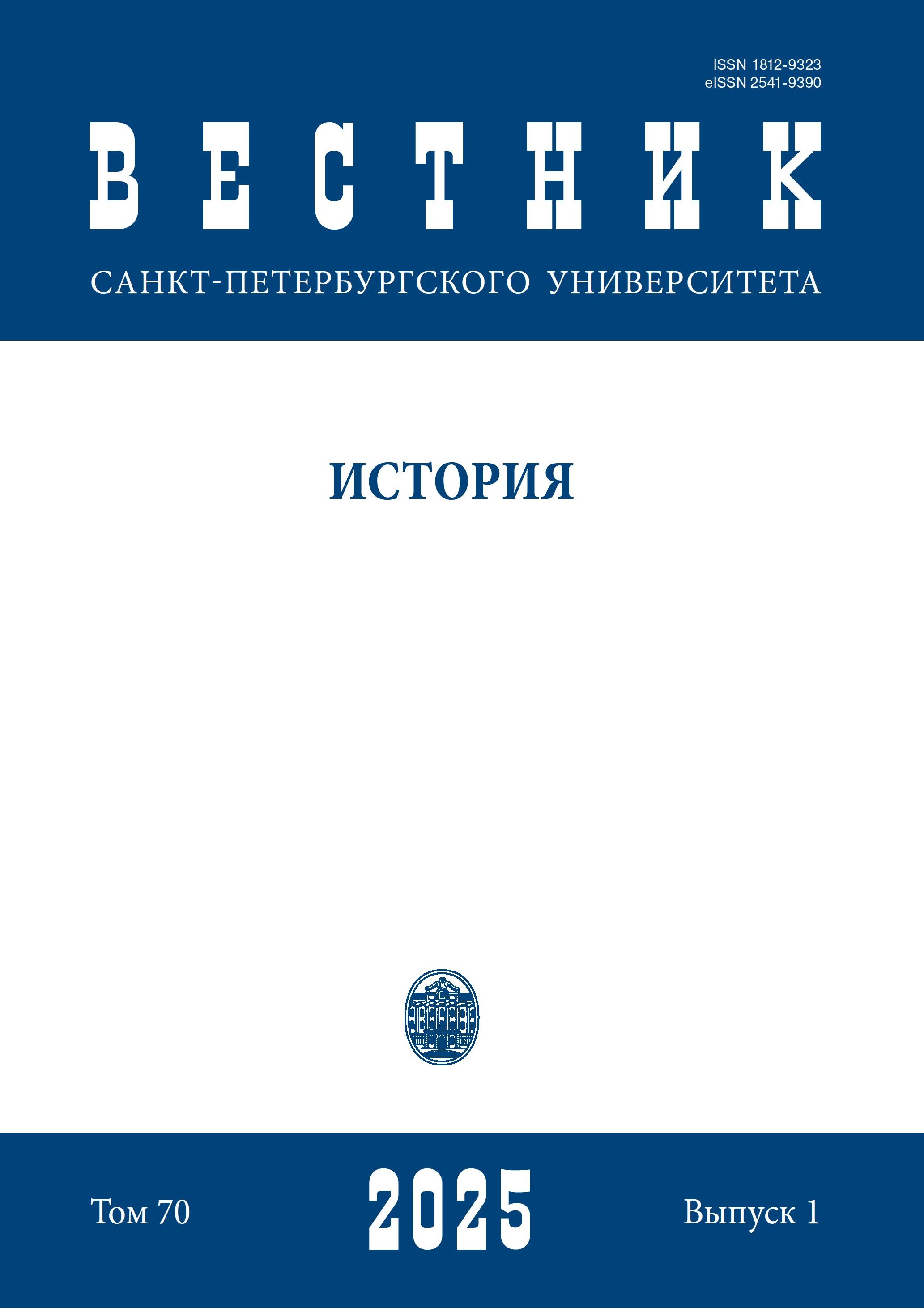Later Rumors of Mongol Defeat in Europe in the Mid-Thirteenth Century: Batu’s Drowning in Austria and the Saint Ladislaus Legend in Russia
DOI:
https://doi.org/10.21638/spbu02.2025.101Abstract
Europe that were recorded in both Western European and Russian sources in the decades and centuries following his invasion of Europe in 1241–1242. Het’um’s La Flor des Estoires de la Terre d’Orient (1307) contains a clearly inaccurate description of Batu drowning during an attempted Mongol invasion of Austria. Fifteenth-century Russian chronicles and a hagiographic text separately report on Batu being slain in Hungary by a saintly king, “Vladislav”. This Tale of the Death of Batu (Повесть об убиении Батыя) suddenly became quite popular in Rus’ chronicle records during the period leading up to the Great Stand at the Ugra River when Moscow defied the demands of the Horde. While such diverse and post-thirteenth-century accounts of the Mongol khan’s death are fundamentally untrue — Batu certainly returned from Europe and ruled the Jochid territory from the Volga River for many years into the 1250s — they are also not the purely baseless products of medieval authors’ imaginations. This paper analyzes and speculates as to how genuine historic events or at least widespread stories, such as a Mongol general’s death at Muhi, and even the Legenda of Saint Ladislaus of Hungary, became inserted into these amalgamated narratives over time. The results in both cases shed light on how news and local memories were intriguingly transferred and shared across Europe and its peripheries over the course of the Middle Ages.
Keywords:
Mongol Invasion of Europe, Batu, Het’um, Rus’ Chronicles, Saint Ladislaus Legend, Kingdom of Hungary, Varadin, Ladislaus I of Hungary
Downloads
References
Downloads
Published
How to Cite
Issue
Section
License
Articles of "Vestnik of Saint Petersburg University. History" are open access distributed under the terms of the License Agreement with Saint Petersburg State University, which permits to the authors unrestricted distribution and self-archiving free of charge.





